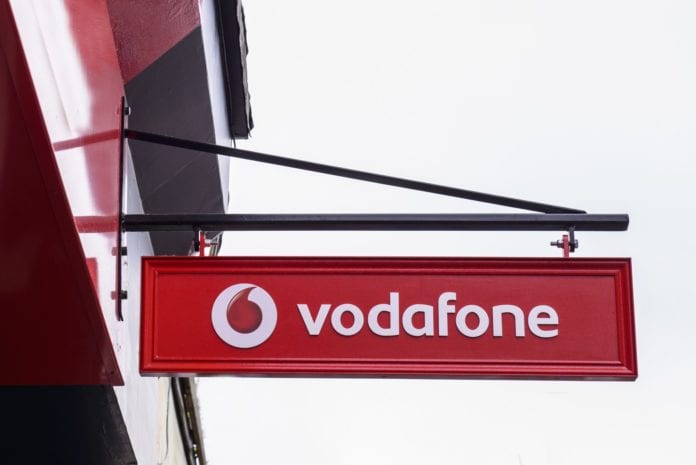Vodafone Spain said the recently deployed node has already supported several demonstrations of 5G use cases
Vodafone Spain, in association with Chinese vendor Huawei, has installed what it claims to be one of the first 5G network nodes in the world at La Nave, an urban innovation space situated in the Spanish capital city of Madrid.
Vodafone said that the deployment of the 5G node has already supported a number of demonstrations related to the potential impact of 5G technology.
Vodafone Spain previously launched 5G trials in the cities of Madrid, Barcelona, Valencia, Bilbao, Malaga and Seville, and has sid that it has already installed more than 30 antennas in the six selected cities, in collaboration with Chinese vendor Huawei.
The Spanish telco said it would use 5G spectrum acquired earlier this year for those pre-commercial 5G non-standalone (NSA) tests. In July, Vodafone Spain acquired 90 megahertz of spectrum in the 3.6-3.8 GHz band. Vodafone paid EUR 198 million (currently $ 233 million) for the 5G spectrum.
The Spanish government raised a total of EUR 438 million for the sale of 5G frequencies. The government auctioned spectrum in the 3.6G HZ-3.8 GHz range, which will be key for the launch of commercial 5G services in the country. The government had set a reserve price of EUR 100 million for the 5G spectrum.
Rival operator Orange acquired a total of 60 megahertz of spectrum for EUR 132 million. The operator already holds 40 megahertz in this band.
Telefonica, which operates in the mobile segment through its Movistar brand, purchased 50 megahertz of spectrum for EUR 107 million. The company already had 40 megahertz in the 3.5 GHz band.
Last year, Vodafone Spain launched its NB-IoT network across Spain. The network is commercially available in a number of cities including Madrid, Valencia, Barcelona, Bilbao, Málaga Zaragoza, Santander and Seville.
The NB-IoT network was deployed within existing 800 MHz spectrum, with the telco only needing to make software updates in existing base stations in order to launch the technology. The telco previously announced that the system would be used to connect various different product categories, including gas and water meters, smart bins, fire alarms, parking meters, lighting and other types of sensors.

